According to the Ministry of Health, our country has achieved many remarkable achievements in implementing the Millennium Development Goals (MDGs) ahead of schedule and has become a global bright spot.
Achievements and challenges in protecting people's health
According to the Ministry of Health, our country has achieved many remarkable achievements in implementing the Millennium Development Goals (MDGs) ahead of schedule and has become a global bright spot.
Not stopping there, the Vietnamese health sector continues to make constant efforts to cope with new challenges in global health.
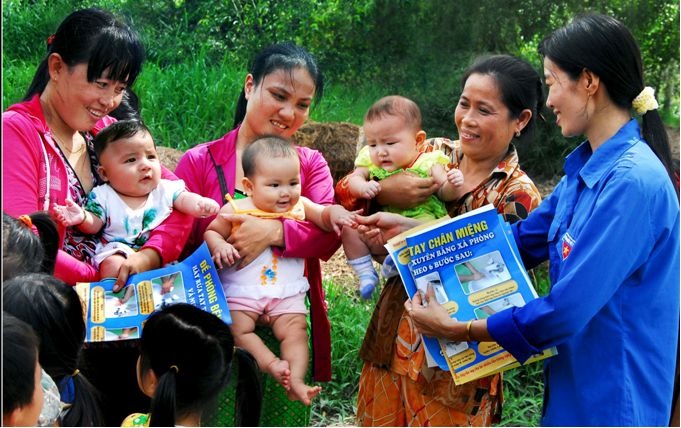 |
| Thanks to the integration of vaccination services with reproductive health care services, the maternal and child health care system has been widely covered, from the central level to the village level. |
Improving maternal and child health is one of the top goals of the health sector in the journey to achieve the United Nations Millennium Goals.
In recent years, the Vietnamese health sector has achieved many outstanding achievements in this work, especially in reducing the mortality rate among pregnant mothers and children.
Specifically, according to United Nations estimates, Vietnam is in the group with the 4th lowest maternal mortality rate in Southeast Asia from 1990 to 2017, after Singapore, Malaysia and Thailand.
In 2023 alone, the under-5 mortality rate in Vietnam has dropped to only 18.2‰, and the under-1 mortality rate has dropped to 11.6‰. The rate of malnourished children under 5 has also decreased significantly.
Maternal health care before, during and after birth is also emphasized. By 2023, the rate of pregnant women receiving 4 or more prenatal check-ups will reach over 80%.
The rate of women giving birth assisted by medical staff is over 94%. The rate of postnatal care in the first 7 days is about 70%. The rate of pregnant women receiving full tetanus vaccination is 89.5%.
Thanks to the integration of vaccination services with reproductive health care services, the maternal and child health care system has been widely covered, from the central level to the village level.
The staff working in reproductive health and maternal and child health care at the health station are midwives or obstetricians and pediatricians. The network of village health workers and village midwives have actively encouraged pregnant women to go for prenatal check-ups, get tetanus shots and take their children for vaccinations.
Vietnam's health sector pays special attention to developing health human resources. According to the World Health Organization (WHO), addressing the global shortage of 10 million health workers by 2030 is a major challenge to the sustainable development goals in health. Vietnam has implemented a health human resource training strategy and strongly developed training facilities, expanding specialties.
Currently, Vietnam has 214 health workforce training institutions, including 66 universities, 139 vocational training institutions, and 9 research institutes with doctoral training. The number of doctors graduating in 2023 is about 11,297, the number of pharmacists is 8,470, and the number of nurses is 18,178.
Regarding the enrollment scale in 2024, the enrollment target for doctors is 16,500, pharmacists is 13,350, and university nurses is 10,300. With the current training scale, the target of 14 doctors/10,000 people, 3.08 pharmacists/10,000 people, and 18 nurses/10,000 people has basically been met.
Non-communicable diseases such as cancer, cardiovascular disease, stroke, diabetes, chronic obstructive pulmonary disease... are currently causing the greatest disease burden in the world, including Vietnam.
These diseases are called "silent killers" because of their increasing incidence and serious consequences. In Vietnam, non-communicable diseases account for a large proportion of inpatients.
Alcohol consumption and high smoking rates are also major causes of diseases such as stroke, heart attack, cancer, and chronic obstructive pulmonary disease.
The prevention of non-communicable diseases and improvement of mental health have been given attention by the Vietnamese health sector. The country has issued the National Strategy for Tobacco Harm Prevention to 2030 and the Law on Alcohol Harm Prevention.
Measures such as increasing alcohol taxes, increasing physical activity for people and implementing programs to prevent and manage non-communicable diseases have been promoted at grassroots health facilities.
Antibiotic resistance is becoming a serious public health problem not only in Vietnam but also globally. The misuse and overuse of antibiotics in medicine and agriculture are the main causes of antibiotic resistance. Vietnam is one of the pioneering countries in preventing antibiotic resistance.
In addition, the Vietnamese health sector has achieved many scientific and innovative achievements in health care in recent years. Vietnam has proactively issued normative documents and guidelines to promote the development of science and technology in health care.
Applied research and development of high technology in medicine are being promoted, with the goal of reaching the level of countries in the region and the world.
Vietnam has mastered many advanced techniques in disease diagnosis and treatment such as organ transplantation, stem cell therapy, endoscopic surgery, and molecular biotechnology. The health sector is also promoting research on drugs from domestic medicinal herbs and traditional medicine.
International cooperation is also being strengthened to develop new drugs, vaccines and medical devices to meet the needs of current disease patterns.
Source: https://baodautu.vn/thanh-tuu-va-thach-thuc-trong-cong-toc-bao-ve-suc-khoe-nhan-dan-d244052.html


![[Photo] President Luong Cuong presents the decision to appoint Deputy Head of the Office of the President](https://vphoto.vietnam.vn/thumb/1200x675/vietnam/resource/IMAGE/2025/5/8/501f8ee192f3476ab9f7579c57b423ad)
![[Photo] Prime Minister Pham Minh Chinh meets with the Policy Advisory Council on Private Economic Development](https://vphoto.vietnam.vn/thumb/1200x675/vietnam/resource/IMAGE/2025/5/8/387da60b85cc489ab2aed8442fc3b14a)
![[Photo] General Secretary To Lam begins official visit to Russia and attends the 80th Anniversary of Victory over Fascism](https://vphoto.vietnam.vn/thumb/1200x675/vietnam/resource/IMAGE/2025/5/8/5d2566d7f67d4a1e9b88bc677831ec9d)

![[Photo] General Secretary concludes visit to Azerbaijan, departs for visit to Russian Federation](https://vphoto.vietnam.vn/thumb/1200x675/vietnam/resource/IMAGE/2025/5/8/7a135ad280314b66917ad278ce0e26fa)
![[Photo] National Assembly Chairman Tran Thanh Man chairs the meeting of the Subcommittee on Documents of the First National Assembly Party Congress](https://vphoto.vietnam.vn/thumb/1200x675/vietnam/resource/IMAGE/2025/5/8/72b19a73d94a4affab411fd8c87f4f8d)








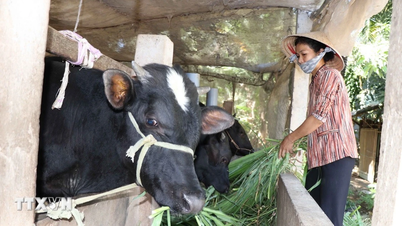



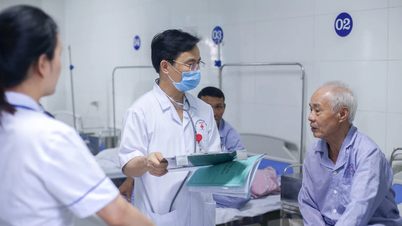
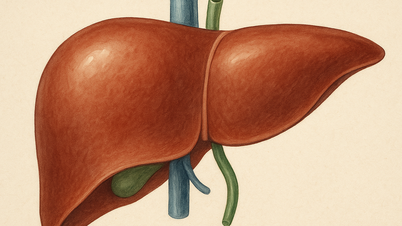

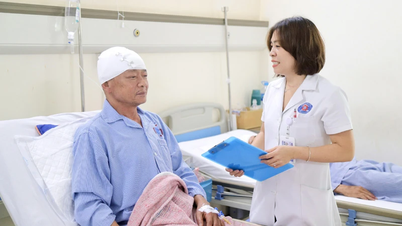








































![[Photo] Prime Minister Pham Minh Chinh talks on the phone with Singaporean Prime Minister Lawrence Wong](https://vphoto.vietnam.vn/thumb/402x226/vietnam/resource/IMAGE/2025/5/8/e2eab082d9bc4fc4a360b28fa0ab94de)
































Comment (0)